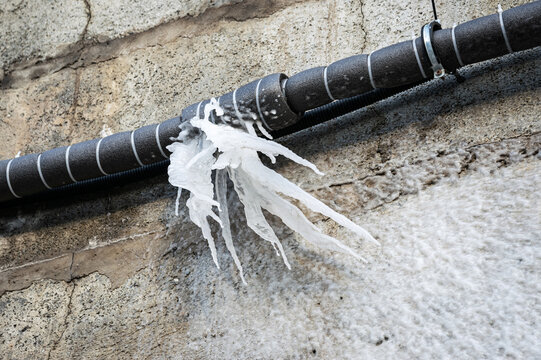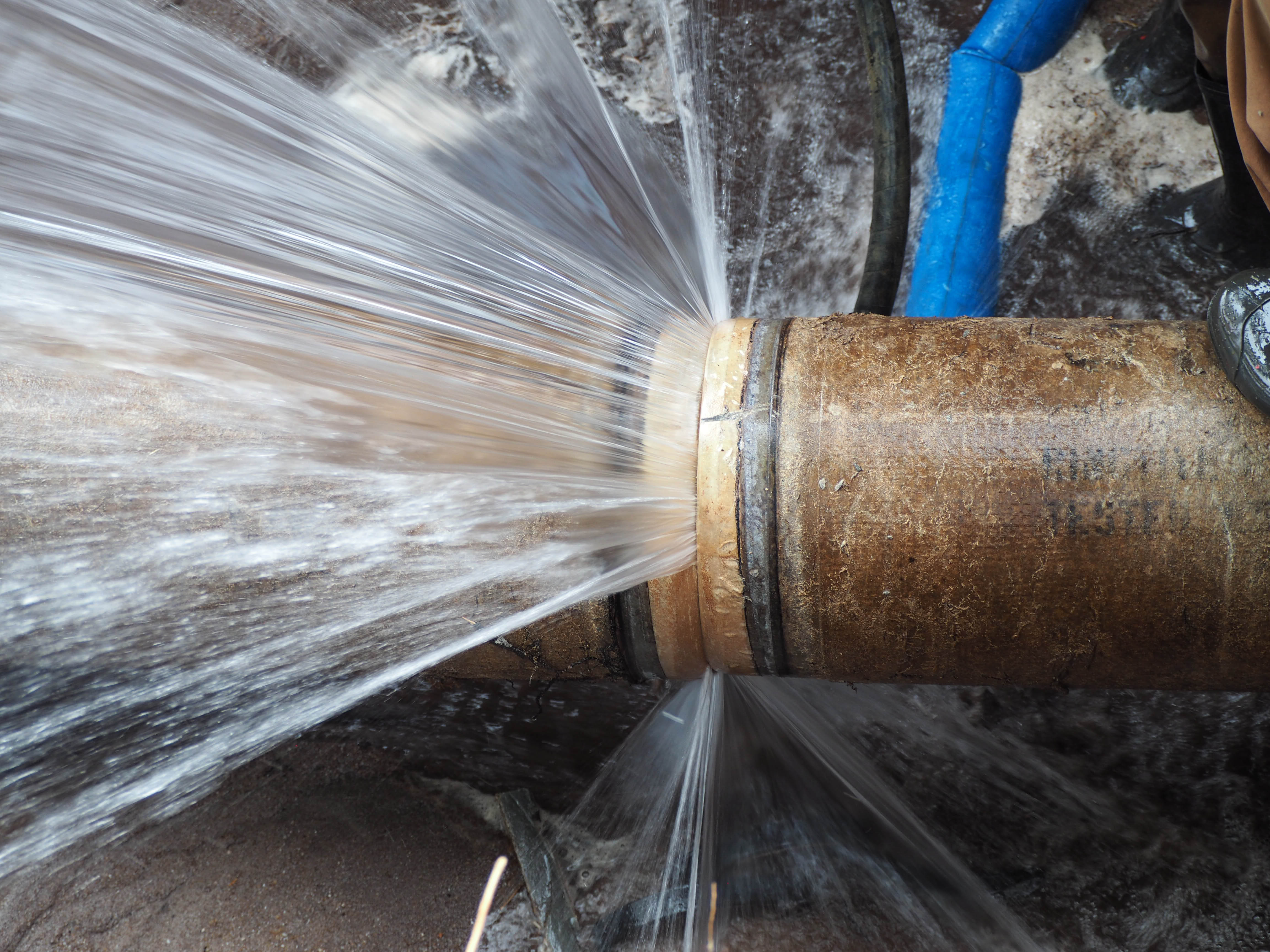The author is making several good pointers related to Prevent Frozen Pipes overall in this post further down.

Winter can wreak havoc on your pipes, specifically by freezing pipes. Here's exactly how to avoid it from occurring and what to do if it does.
Introduction
As temperatures decline, the danger of icy pipelines boosts, possibly causing pricey repairs and water damage. Recognizing just how to stop frozen pipelines is vital for homeowners in cool environments.
Comprehending Frozen Pipelines
What triggers pipes to ice up?
Pipelines ice up when subjected to temperature levels listed below 32 ° F (0 ° C) for extended durations. As water inside the pipelines freezes, it broadens, putting pressure on the pipeline wall surfaces and possibly causing them to rupture.
Dangers and damages
Frozen pipelines can lead to water interruptions, property damage, and pricey repairs. Ruptured pipelines can flooding homes and cause considerable architectural damages.
Indicators of Frozen Pipes
Determining frozen pipelines early can stop them from bursting.
Exactly how to identify frozen pipelines
Try to find reduced water flow from faucets, unusual smells or sounds from pipelines, and noticeable frost on exposed pipes.
Prevention Tips
Protecting at risk pipes
Cover pipelines in insulation sleeves or utilize heat tape to secure them from freezing temperatures. Focus on pipelines in unheated or external areas of the home.
Heating strategies
Maintain interior areas sufficiently heated up, particularly locations with pipes. Open cabinet doors to permit warm air to flow around pipelines under sinks.
Securing Outside Plumbing
Yard tubes and outdoor faucets
Separate and drain yard tubes prior to winter. Install frost-proof spigots or cover outdoor faucets with protected caps.
What to Do If Your Pipes Freeze
Immediate activities to take
If you believe frozen pipes, maintain faucets open to alleviate stress as the ice thaws. Utilize a hairdryer or towels taken in hot water to thaw pipelines gradually.
Long-Term Solutions
Structural modifications
Think about rerouting pipelines far from outside wall surfaces or unheated locations. Include extra insulation to attics, basements, and crawl spaces.
Updating insulation
Buy top notch insulation for pipes, attics, and walls. Proper insulation aids keep regular temperatures and reduces the danger of frozen pipes.
Conclusion
Stopping frozen pipes calls for aggressive procedures and quick feedbacks. By recognizing the causes, signs, and preventive measures, home owners can safeguard their pipes during winter.
6 Proven Ways to Prevent Frozen Pipes and Protect Your Home
Disconnect and Drain Garden Hoses
Before winter arrives, start by disconnecting your garden hoses and draining any remaining water. Close the shut-off valves that supply outdoor hose bibs and leave the outdoor faucet open to allow any residual water to drain. For extra protection, consider using faucet covers throughout the colder months. It’s also important to drain water from any sprinkler supply lines following the manufacturer’s directions.
Insulate Exposed Pipes
Insulating your pipes is an effective way to prevent freezing. Pipe insulation is readily available at home improvement stores and is relatively inexpensive. Pay close attention to pipes in unheated areas such as the attic, basement, crawl spaces, or garage. Apply foam insulation generously to create a buffer against the cold. You can also wrap your pipes in heat tape or thermostat-controlled heat cables for added warmth.
Seal Air Leaks
Inspect your home for any cracks or openings that could let in cold air. Seal any holes around the piping in interior or exterior walls, as well as the sill plates where your home rests on its foundation. Additionally, make sure to keep your garage door closed unless you’re entering or exiting. Leaving it open creates a significant air leak that can lead to frozen pipes.
Allow Warm Air Circulation
During cold snaps, it’s essential to allow warm air to circulate evenly throughout your home. Leave interior doors ajar to promote better airflow. Open kitchen and bathroom cabinets to help distribute heat consistently around the rooms. If you have small children or pets, be sure to remove any household chemicals or potentially harmful cleaners from open cabinets for safety.
Let Faucets Drip
A small trickle of water can make a big difference in preventing ice formation inside your pipes. When temperatures drop significantly, start a drip of water from all faucets served by exposed pipes. This continuous flow helps prevent the water from freezing. Additionally, running a few faucets slightly can relieve pressure inside the pipes, reducing the chances of a rupture if the water inside does freeze.
https://choateshvac.com/6-proven-ways-to-prevent-frozen-pipes-and-protect-your-home/

I am very interested by How to prepare your home plumbing for winter weather and I am praying you liked my blog post. Are you aware of another individual who is in the market for the subject? Be sure share it. Thank you for going through it.
Schedule Today!